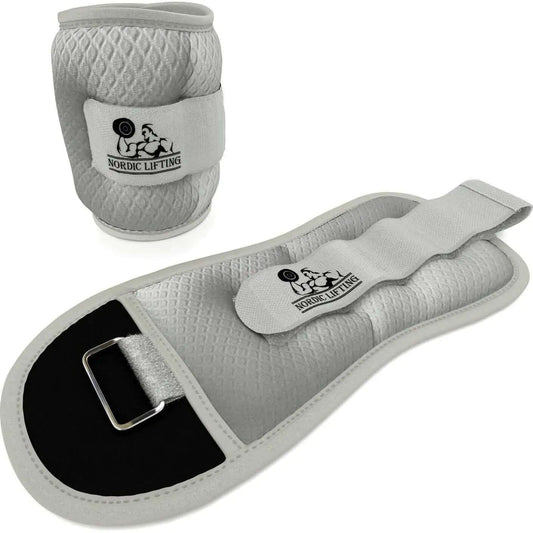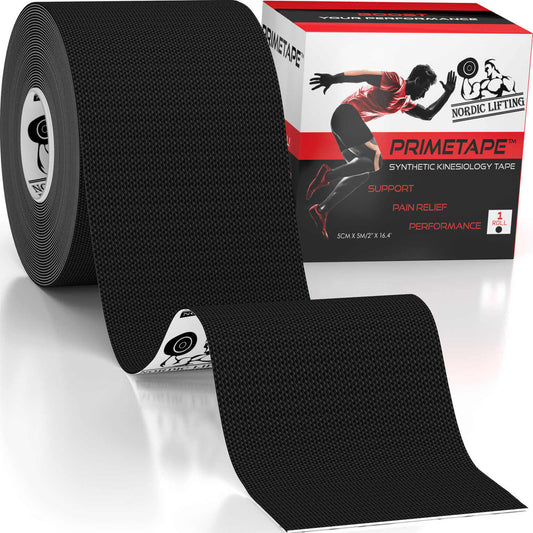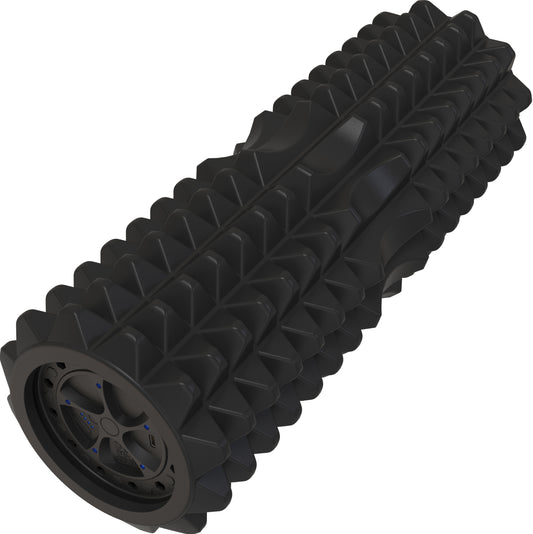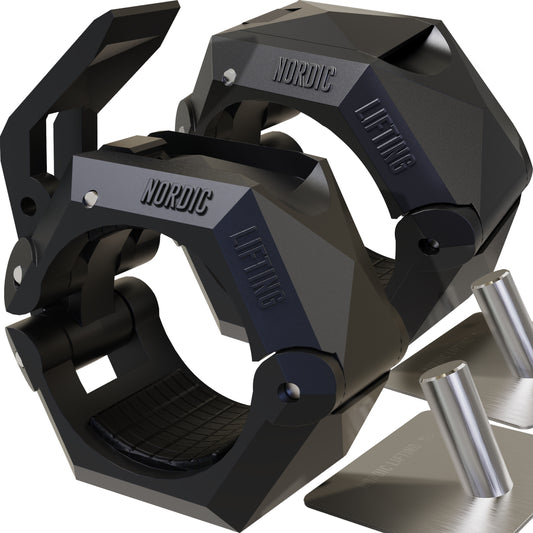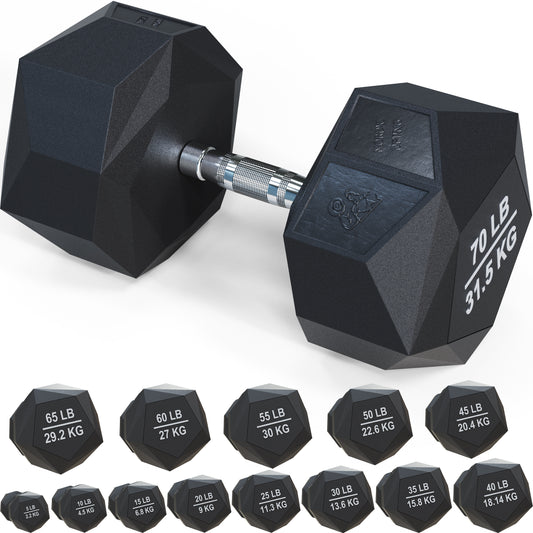Last Updated: February 6, 2025
Building strong forearms is essential for improving grip strength and overall athletic performance.
The best forearm exercise target different muscles, helping individuals to not only develop size but also functional strength.
Whether lifting heavy weights or performing daily tasks, strong forearms play a crucial role.
This blog will explore effective forearm exercises that anyone can incorporate into their workout routine.
From basic lifts to advanced movements, each exercise is designed to enhance muscle growth and strength.
The insights provided here can help anyone looking to boost their forearm development effectively.
Key Takeaways
- Targeted exercises can significantly improve forearm strength.
- Grip strength is essential for various physical activities.
- A consistent training strategy leads to better overall forearm development.
Anatomy of the Forearm
The forearm contains various muscles that play crucial roles in movement and strength. Understanding the structure of these muscles can help in choosing the best exercises for effective training.
Understanding the Flexor and Extensor Muscles
The forearm is home to two main groups of muscles: the flexor and extensor muscles.
Flexor Muscles primarily allow for bending of the wrist and fingers. They are located on the anterior side of the forearm and include muscles such as the flexor carpi radialis and flexor digitorum.
These muscles also assist in gripping and lifting objects.
Extensor Muscles are located on the posterior side and are responsible for straightening the wrist and fingers. Common examples include the extensor carpi radialis and extensor digitorum.
Together, these muscle groups create a balanced interaction essential for various daily activities and strength training.
Importance of the Brachioradialis Muscle
The brachioradialis muscle is a key muscle in the forearm, contributing significantly to arm strength. It is located on the lateral side and runs from the upper arm to the wrist.
This muscle is mainly involved in flexing the elbow, particularly when the forearm is in a neutral position.
The brachioradialis also aids in wrist stabilization during lifts and other exercises.
By incorporating exercises that target this muscle, one can enhance overall forearm strength and develop better grip.
Exercises such as hammer curls engage the brachioradialis, making it an important muscle for anyone looking to build forearm muscle mass effectively.
Essential Forearm Exercises
Forearm strength is crucial for many daily activities and sports. The right exercises target specific muscles, improve grip strength, and enhance overall arm performance. This section covers key exercises that focus on building forearm strength effectively.
Wrist Curls and Extensions
Wrist curls are vital for targeting the wrist flexors, the muscles on the underside of the forearm.
Performing these with either a barbell or dumbbells allows for better muscle isolation. They should be done by sitting down, resting the forearms on the thighs, and curling the weight upwards.
Barbell wrist curls offer an effective way to lift heavier, while dumbbell wrist curls promote a greater range of motion.
To balance the workout, dumbbell wrist extensions should follow. This exercise strengthens the wrist extensors, located on the top side of the forearm. Both movements improve forearm definition and strength.
Reverse Curls and Hammer Curls
Reverse curls are an excellent exercise for building the forearm and grip strength simultaneously.
Using a barbell, one should hold it with an overhand grip and curl it towards the shoulders. This movement effectively targets the brachioradialis and engages the finger flexors.
Hammer curls work similarly but with a neutral grip.
Holding dumbbells with palms facing each other, the weights are lifted to the shoulders. This exercise not only increases forearm strength but also develops bicep engagement. Integrating these two exercises into a forearm workout routine enhances muscle growth and performance.
Grip-Intensive Moves and Dead Hangs
Incorporating grip-intensive exercises into forearm workouts is essential for developing strength.
Exercises like the dead hang require hanging from a bar, challenging the grip and activating various forearm muscles. This simple move builds endurance and overall grip strength.
Other grip exercises include plate pinches and farmer's walks, which engage multiple forearm muscles.
These exercises focus significantly on the flexors and extensors, leading to better function in lifts and more control during activities. Consistent practice of grip-intensive moves can significantly enhance forearm strength and conditioning.
Effective Exercises for Overall Forearm Development
Building strong and defined forearms requires a mix of compound movements and targeted isolation exercises. Each type of exercise plays a crucial role in developing forearm strength and muscle size.
Incorporating Compound Movements
Compound movements involve multiple muscle groups and joints, making them highly effective for overall strength.
Exercises like the deadlift and chin-up engage various muscles, including the forearms.
The farmer’s walk and farmer’s carry require grip strength, allowing for significant forearm activation. These movements help develop muscle hypertrophy by challenging the muscles under load.
Plate pinches also enhance grip strength. This exercise involves holding a weight plate in one’s hand for time, activating the forearm muscles effectively.
Incorporating these exercises into a routine fosters balanced forearm growth while also benefiting other muscle groups.
Isolation Exercises for Targeted Growth
Isolation exercises focus specifically on the forearms, ensuring targeted muscle development.
The behind-the-back barbell wrist curl strengthens the wrist flexors, crucial for grip strength. This exercise isolates the forearm muscles while allowing for increased weight.
Towel pull-ups and towel cable rows provide unique challenges to grip strength as they require the use of a towel. This can help enhance forearm endurance and overall strength.
In addition, isometric holds, like holding a weight in a static position, can lead to increased strength.
Mixing these exercises into a program promotes both size and strength in the forearms, complementing the benefits gained from compound movements.
Strategies for Forearm Strength Training
Effective forearm strength training relies on key strategies that help maximize muscle growth and improve grip strength. Two essential approaches are understanding progressive overload and optimizing grip training techniques. By applying these strategies, individuals can significantly enhance their forearm workouts.
Understanding Progressive Overload
Progressive overload is vital for building muscle over time. This concept involves gradually increasing the difficulty of exercises to challenge the muscles.
For forearm training, this can mean adding weight, increasing repetitions, or adjusting the type of exercise.
For instance, using a grip crush tool can start with a lighter weight and progress to heavier ones as strength increases.
Similarly, incorporating weighted wrist flexion exercises or adjusting the resistance on a behind-the-back cable curl can boost muscle engagement.
Progressively increasing intensity not only helps in muscle growth but also builds forearm endurance.
By carefully planning a training regimen that gradually increases challenges, individuals can continuously see improvements in their forearm strength.
Optimizing Grip Training
Maximizing grip strength requires a focus on a variety of movements. This includes wrist flexion, finger flexion, pronation, and exercises that engage different parts of the forearm.
Some of the best exercises include plate pinches and the bottoms-up kettlebell carry, which target grip endurance effectively.
In addition to these exercises, using tools like a hand gripper can enhance grip strength through repeated contractions.
It’s essential to incorporate both heavy and high-repetition workouts to develop different aspects of grip strength.
Combining these techniques with regular practice can lead to significant improvements in forearm strength and overall arm workouts.
Frequently Asked Questions
This section provides targeted answers to common inquiries about forearm exercises. It covers effective home workouts, beginner tips, and specific exercises that build both strength and mass.
What are some effective forearm exercises that can be done at home with no equipment?
Effective no-equipment forearm exercises include wrist curls using household items like water bottles. Another option is the towel twist, where a towel is twisted to engage the forearm muscles. These movements can help improve grip strength and overall forearm endurance.
How can beginners start building strength in their forearms?
Beginners can start building forearm strength with simple exercises like wrist rolls and farmer's walks with light weights. Gradually increasing resistance and focusing on form will enhance muscle development. Consistent practice, combined with proper rest, is key to progress.
Which exercises are considered the best for increasing mass in the forearms?
Exercises like heavy wrist curls and reverse curls are highly effective for increasing forearm mass. These exercises target the various muscles in the forearms and promote hypertrophy. Incorporating variations and progressively overloading the muscles will yield better results.
What might be the reasons for experiencing weakness in the forearms?
Weakness in the forearms can stem from a lack of use, poor grip strength, or underlying medical conditions. Inadequate nutrition and insufficient rest can also contribute. Identifying and addressing these factors is essential for improvement.
What are the top gym-based exercises for enhancing forearm strength?
Top gym-based exercises include the wrist roller, barbell wrist curls, and cable wrist extensions. These exercises utilize gym equipment to effectively strengthen forearm muscles. Focus on proper technique and gradually increase weights for best outcomes.
What is the most effective forearm exercise for overall strength development?
The wrist curl, particularly with a barbell, is often considered the most effective for overall forearm strength development. It directly targets the flexor muscles, promoting balanced strength. Incorporating variations will further enhance muscle engagement and growth.







